On-Page SEO is all about optimizing the content and elements on your web pages so that search engines like Google understand what your site is about and rank it higher in search results. It’s a crucial part of SEO because it helps both search engines and your visitors find what they’re looking for quickly and easily.
Why does On-Page SEO matter? Simply put, if your pages aren’t optimized, it doesn’t matter how great your content is—search engines might miss it or rank it low. Plus, good On-Page SEO improves the user experience by making your pages faster, easier to read, and more relevant.
In this guide, you’ll learn what On-Page SEO includes, why it’s important in 2026, and how to approach it step-by-step so your website stays competitive as search algorithms evolve. Keeping up with SEO best practices is key to staying visible and attracting visitors over time.
Looking for expert On-Page SEO services in Dubai? Our specialized team ensures every page on your website is fully optimized to boost rankings, improve user experience, and drive targeted traffic. Get in touch with Prontosys expert team to supercharge your SEO today!
Table of Contents
On-Page SEO Importance: Why It Should Be Your Priority
On-Page SEO is one of the main drivers behind how search engines decide which pages to show for a given query. It directly affects your rankings and how many people click to visit your site (also called Click Through Rate or CTR). For example, optimized title tags and meta descriptions can make your link more appealing in search results.
Beyond rankings, On-Page SEO influences how visitors interact with your website. A well-structured page layout, relevant content, and fast loading times lead to better user engagement and higher chances of visitors converting into customers.
In the bigger picture, On-Page SEO works hand-in-hand with other digital marketing efforts like content marketing and link building. Getting your on-page basics right lays a strong foundation for all your online marketing success.
The On-Page SEO Process: Step-by-Step Overview
Getting On-Page SEO right can feel overwhelming, but breaking it down into key steps makes it manageable:
- Audit your website and content: Find out what’s working and what needs improvement by analyzing your current pages.
- Keyword research and mapping: Identify the right keywords your audience is searching for and assign them to specific pages.
- Optimize key page elements: This includes titles, headers, images, URLs, and internal links to ensure each page is focused and clear for both search engines and users.
- Create and edit content: Make your content informative, engaging, and aligned with user intent while naturally including your target keywords.
- Technical improvements: Improve page load speed, ensure mobile-friendliness, and fix any issues that may prevent search engines from crawling your site effectively.
- Continuous monitoring and refinement: SEO is ongoing; regularly check performance and update your pages as needed to keep up with algorithm changes.
On-Page SEO Requirements: What You Need to Optimize

To rank well and provide a great user experience, focus on these essential on-page elements:
- Title tags and meta descriptions: Craft clear, keyword-rich titles and descriptions that accurately summarize your page.
- Heading tags (H1, H2, H3): Use headers to organize your content logically and include keywords naturally.
- URL structure: Keep URLs short, descriptive, and easy to read.
- Image optimization: Use meaningful alt text and compressed image files to improve accessibility and loading speed.
- Internal linking: Guide visitors and search engines through your site by linking to related pages.
- Content quality and relevance: Provide valuable, well-written content tailored to your audience’s needs.
- Mobile responsiveness and site speed: Ensure your site works smoothly on all devices and loads quickly to keep visitors engaged.
- Structured data/schema markup: Help search engines better understand your content to enhance your listings in search results.
On-Page SEO Main Factors: Critical Elements to Focus On
When it comes to On-Page SEO, certain factors really drive your rankings and user success. First, keyword optimization and placement are key. It’s not just about stuffing keywords everywhere but using your target terms naturally in titles, headers, and throughout the content, aligned with what users actually search for.
Next up is content quality and matching user intent. Your content should answer the questions your visitors have, provide value, and be well-written. Search engines love helpful, relevant, and detailed content that satisfies the user’s search purpose.
Metadata optimization is another critical piece—you want compelling and clear meta titles and descriptions that encourage clicks and help search engines understand your page.
Don’t forget about technical site health and usability: fast load times, mobile-friendliness, and a secure HTTPS setup all matter. A technically sound site keeps visitors happy and signals trustworthiness to search engines.
Finally, user engagement signals like click-through rates, time spent on page, and low bounce rates influence how your pages rank, so designing for a great user experience always pays off.
On-Page SEO Checklist: Your Quick Reference Guide
Here’s a handy checklist to keep your on-page SEO in check:
- Optimize title tags with primary keywords
- Write unique, relevant meta descriptions
- Use headers (H1, H2, H3) to organize content and include keywords
- Create SEO-friendly, descriptive URLs
- Optimize images with alt text and proper file sizes
- Add internal links to related pages to guide visitors
- Ensure content is valuable, relevant, and matches user intent
- Make your site mobile responsive and fast-loading
- Incorporate structured data where appropriate
- Avoid keyword stuffing and duplicate content
Regular audits using this checklist will help keep your SEO healthy and effective.
Related read:- AEO in Relation to SEO: What They Stand For, Key Differences, and Where Each Strategy Wins
On-Page SEO Tools (Free & Paid): Enhance Your Optimization Efforts
To get the best results, use the right tools:
- Free tools: Google Search Console for performance insights, Ubersuggest for keyword ideas, MozBar for page analysis, and PageSpeed Insights to check load times.
- Paid tools: SEMrush and Ahrefs offer deeper keyword research, competitive analysis, and site audit capabilities.
Integrate these tools into your workflow by scheduling regular audits and using their reports to identify and fix SEO issues quickly.
How To Do On-Page SEO: Practical Tips and Best Practices
- Write SEO-friendly titles and meta descriptions that are clear, include keywords early, and match searcher intent.
- Structure content logically using headers and bullet points for easy reading and scanning.
- Use keywords naturally—avoid overuse so your content reads well and keeps visitors engaged.
- Optimize images with descriptive alt text and compressed sizes for faster loading.
- Monitor your page performance with analytics tools; track visitor behavior, bounce rates, and conversions to refine your SEO approach.
Following these best practices keeps your on-page SEO effective in 2026 and beyond.
On-Page SEO Guidelines for Success
To succeed with on-page SEO, it’s vital to understand and follow Google’s policies and ranking factor guidelines. Google values high-quality, relevant content that genuinely helps users find what they’re searching for. Following their guidelines helps you avoid penalties that can hurt your rankings.
Ethical SEO practices are critical. Avoid shortcuts like keyword stuffing, cloaking, or buying links. These can backfire and lead to penalties. Instead, focus on creating valuable content and optimizing your site naturally.
Keep your content fresh and updated. Regularly review and refresh your pages to reflect the latest information and trends. Google favors websites that consistently provide up-to-date, comprehensive content.
Always align your SEO efforts with your broader marketing goals. SEO isn’t just about rankings—it’s about attracting the right audience, providing a great experience, and driving meaningful business results.
Conclusion: Recap and Next Steps
On-Page SEO plays a crucial role in how well your website performs in search engines and connects with visitors. By focusing on optimizing your content, technical health, and user experience using the checklists and tools discussed, you’re setting your site up for long-term success.
Start by auditing your existing pages and applying these best practices step-by-step. Regular monitoring and updates ensure you stay ahead as SEO evolves.
Remember, SEO is a journey, not a one-time task. Commit to ongoing improvement and you’ll see your website rise in rankings, attract more visitors, and drive more conversions over time.
Ready to partner with a top SEO agency in Dubai? Let our experienced professionals craft a customized SEO strategy tailored to your business goals and local market. Contact us now and watch your online presence soar with proven results!
FAQ Section
What is On-Page SEO?
On-Page SEO refers to optimizing individual web pages, including content and HTML source code, to improve ranking and user experience.
How often should I update on-page SEO?
Regularly review your pages—at least quarterly—to update content, fix issues, and respond to algorithm updates.
Can on-page SEO alone boost rankings?
While important, on-page SEO is just one part of the SEO puzzle. Off-page factors like backlinks also impact rankings significantly.
How long does it take to see results?
Results can vary, but typically it takes 3-6 months to see noticeable improvements from on-page SEO.
What’s the difference between on-page and off-page SEO?
On-page SEO focuses on optimizing your website itself, while off-page SEO involves external activities like link building and social media signals.




